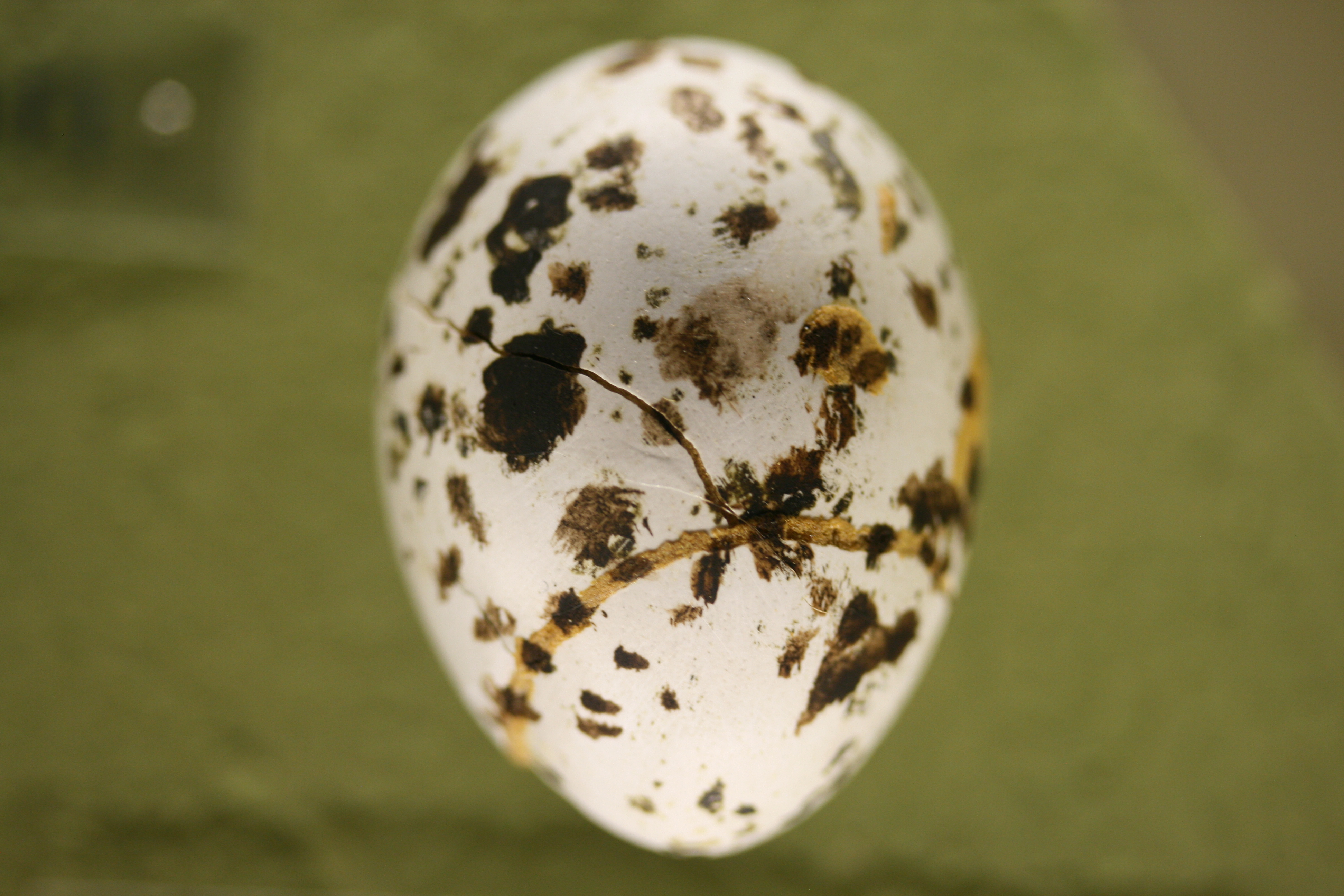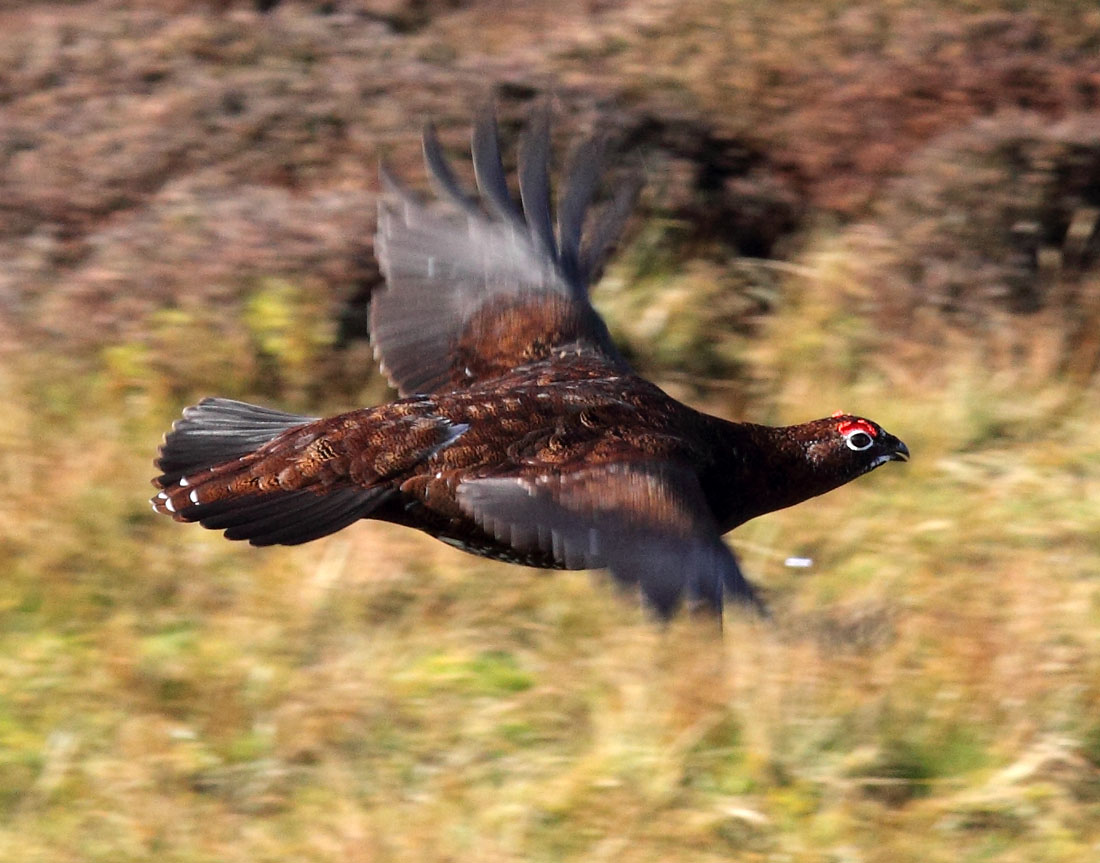Lagopus on:
[Wikipedia]
[Google]
[Amazon]
''Lagopus'' is a small genus of
 The three species are all sedentary specialists of cold regions. Willow ptarmigan is a circumpolar
The three species are all sedentary specialists of cold regions. Willow ptarmigan is a circumpolar

bird
Birds are a group of warm-blooded vertebrates constituting the class Aves (), characterised by feathers, toothless beaked jaws, the laying of hard-shelled eggs, a high metabolic rate, a four-chambered heart, and a strong yet lightweig ...
s in the grouse
Grouse are a group of birds from the order Galliformes, in the family Phasianidae. Grouse are presently assigned to the tribe Tetraonini (formerly the subfamily Tetraoninae and the family Tetraonidae), a classification supported by mitochondria ...
subfamily commonly known as ptarmigans (). The genus contains three living species with numerous described subspecies, all living in tundra
In physical geography, tundra () is a type of biome where tree growth is hindered by frigid temperatures and short growing seasons. The term ''tundra'' comes through Russian (') from the Kildin Sámi word (') meaning "uplands", "treeless mou ...
or cold upland areas.
Taxonomy and etymology
Thegenus
Genus ( plural genera ) is a taxonomic rank used in the biological classification of living and fossil organisms as well as viruses. In the hierarchy of biological classification, genus comes above species and below family. In binomial nom ...
''Lagopus'' was introduced by the French zoologist Mathurin Jacques Brisson
Mathurin Jacques Brisson (; 30 April 1723 – 23 June 1806) was a French zoologist and natural philosopher.
Brisson was born at Fontenay-le-Comte. The earlier part of his life was spent in the pursuit of natural history; his published wo ...
in 1760 with the willow ptarmigan
The willow ptarmigan () (''Lagopus lagopus'') is a bird in the grouse subfamily Tetraoninae of the pheasant family Phasianidae. It is also known as the willow grouse and in Ireland and Britain, where the subspecies '' L. l. scotica'' was prev ...
(''Lagopus lagopus'') as the type species
In zoological nomenclature, a type species (''species typica'') is the species name with which the name of a genus or subgenus is considered to be permanently taxonomically associated, i.e., the species that contains the biological type specim ...
. The genus name ''Lagopus'' is derived from Ancient Greek
Ancient Greek includes the forms of the Greek language used in ancient Greece and the ancient world from around 1500 BC to 300 BC. It is often roughly divided into the following periods: Mycenaean Greek (), Dark Ages (), the Archaic pe ...
(), meaning "hare
Hares and jackrabbits are mammals belonging to the genus ''Lepus''. They are herbivores, and live solitarily or in pairs. They nest in slight depressions called forms, and their young are able to fend for themselves shortly after birth. The g ...
, rabbit
Rabbits, also known as bunnies or bunny rabbits, are small mammals in the family Leporidae (which also contains the hares) of the order Lagomorpha (which also contains the pikas). ''Oryctolagus cuniculus'' includes the European rabbit sp ...
", + (), "foot", in reference to the feathered feet and toes typical of this cold-adapted group (such as the snowshoe hare
The snowshoe hare (''Lepus americanus''), also called the varying hare or snowshoe rabbit, is a species of hare found in North America. It has the name "snowshoe" because of the large size of its hind feet. The animal's feet prevent it from sin ...
). The specific epithets ''muta'' and ''leucura'' were for a long time misspelt ''mutus'' and ''leucurus'', in the erroneous belief that the ending of ''Lagopus'' denotes masculine gender
In linguistics, grammatical gender system is a specific form of noun class system, where nouns are assigned with gender categories that are often not related to their real-world qualities. In languages with grammatical gender, most or all noun ...
. However, as the Ancient Greek term is of feminine gender, and the specific epithet has to agree with that, the feminine ''muta'' and ''leucura'' are correct.
The English name ''ptarmigan'' comes from the Scottish Gaelic
Scottish Gaelic ( gd, Gàidhlig ), also known as Scots Gaelic and Gaelic, is a Goidelic language (in the Celtic branch of the Indo-European language family) native to the Gaels of Scotland. As a Goidelic language, Scottish Gaelic, as well as ...
name for the bird, ([]), meaning “croaker”, which refers to the bird’s frog-like call. The p- was added due to a mistaken belief in a Greek origin, as if the word were related to the Greek word (''pterón''), 'wing'.
Description
boreal forest
Taiga (; rus, тайга́, p=tɐjˈɡa; relates to Mongolic and Turkic languages), generally referred to in North America as a boreal forest or snow forest, is a biome characterized by coniferous forests consisting mostly of pines, spruc ...
species, white-tailed ptarmigan is a North American alpine
Alpine may refer to any mountainous region. It may also refer to:
Places Europe
* Alps, a European mountain range
** Alpine states, which overlap with the European range
Australia
* Alpine, New South Wales, a Northern Village
* Alpine National P ...
bird, and rock ptarmigan breeds in both Arctic
The Arctic ( or ) is a polar regions of Earth, polar region located at the northernmost part of Earth. The Arctic consists of the Arctic Ocean, adjacent seas, and parts of Canada (Yukon, Northwest Territories, Nunavut), Danish Realm (Greenla ...
and mountain habitats across Eurasia
Eurasia (, ) is the largest continental area on Earth, comprising all of Europe and Asia. Primarily in the Northern and Eastern Hemispheres, it spans from the British Isles and the Iberian Peninsula in the west to the Japanese archipelag ...
and North America. With the exception of the red grouse (a subspecies of willow ptarmigan), all have a white winter plumage that helps them blend into the snowy background. Even their remiges
Flight feathers (''Pennae volatus'') are the long, stiff, asymmetrically shaped, but symmetrically paired pennaceous feathers on the wings or tail of a bird; those on the wings are called remiges (), singular remex (), while those on the tail ...
are white, while these feathers are black in almost all birds (even birds that are predominantly white, such as the Bali myna
The Bali myna (''Leucopsar rothschildi''), also known as Rothschild's mynah, Bali starling, or Bali mynah, locally known as jalak Bali, is a medium-sized (up to long), stocky myna, almost wholly white with a long, drooping crest, and black tip ...
) because melanin
Melanin (; from el, μέλας, melas, black, dark) is a broad term for a group of natural pigments found in most organisms. Eumelanin is produced through a multistage chemical process known as melanogenesis, where the oxidation of the amino ...
makes them more resilient and thus improves flight performance. The ''Lagopus'' grouse apparently found it easier to escape predator
Predation is a biological interaction where one organism, the predator, kills and eats another organism, its prey. It is one of a family of common feeding behaviours that includes parasitism and micropredation (which usually do not kill t ...
s by not being seen than by flying away.
These are hardy vegetarian birds, but insect
Insects (from Latin ') are pancrustacean hexapod invertebrates of the class Insecta. They are the largest group within the arthropod phylum. Insects have a chitinous exoskeleton, a three-part body ( head, thorax and abdomen), three pa ...
s are also taken by the developing young. In all species except for the willow ptarmigan, the female takes all responsibility for nesting and caring for the chicks, as is typical with gamebirds
Galliformes is an order of heavy-bodied ground-feeding birds that includes turkeys, chickens, quail, and other landfowl. Gallinaceous birds, as they are called, are important in their ecosystems as seed dispersers and predators, and are often ...
.
Species
The genus contains three species:
Fossil record
Twoprehistoric
Prehistory, also known as pre-literary history, is the period of human history between the use of the first stone tools by hominins 3.3 million years ago and the beginning of recorded history with the invention of writing systems. The us ...
species and two paleosubspecies
A chronospecies is a species derived from a sequential development pattern that involves continual and uniform changes from an extinct ancestral form on an evolutionary scale. The sequence of alterations eventually produces a population that is p ...
are only known from fossil
A fossil (from Classical Latin , ) is any preserved remains, impression, or trace of any once-living thing from a past geological age. Examples include bones, shells, exoskeletons, stone imprints of animals or microbes, objects preserved ...
s:
* ''Lagopus atavus'' (Early Pliocene
Early may refer to:
History
* The beginning or oldest part of a defined historical period, as opposed to middle or late periods, e.g.:
** Early Christianity
** Early modern Europe
Places in the United States
* Early, Iowa
* Early, Texas
* ...
of Bulgaria
Bulgaria (; bg, България, Bǎlgariya), officially the Republic of Bulgaria,, ) is a country in Southeast Europe. It is situated on the eastern flank of the Balkans, and is bordered by Romania to the north, Serbia and North Macedo ...
? - Late Pliocene
Late may refer to:
* LATE, an acronym which could stand for:
** Limbic-predominant age-related TDP-43 encephalopathy, a proposed form of dementia
** Local-authority trading enterprise, a New Zealand business law
** Local average treatment effe ...
)
* ''Lagopus balcanicus'' (Late Pliocene of Varshets
Varshets ( bg, Вършец, variously transliterated; ) is a spa town in Montana Province, northwestern Bulgaria. It is the administrative centre of the homonymous Varshets Municipality. As of December 2019, its population is 5,444. The town ...
, Bulgaria)Boev, Z. 1995. Middle Villafranchian birds from Varshets (Western Balkan Range - Bulgaria). - In: Peters, D. (ed.). Acta palaeornithologica. 3. Symposium SAPE. 5. Internat. Senckenberg-Konferenz 22–26 Juni 1992. - Courier Forschungsinstitut Senckenberg. Frankfurt a. M., 181: 259-269.
* ''Lagopus lagopus noaillensis'' (Pleistocene
The Pleistocene ( , often referred to as the ''Ice age'') is the geological Epoch (geology), epoch that lasted from about 2,580,000 to 11,700 years ago, spanning the Earth's most recent period of repeated glaciations. Before a change was fina ...
of W Europe)
* ''Lagopus mutus correzensis'' (Pleistocene of W Europe)
References
* Madge, Steve; McGowan, Philip J. K. & Kirwan, Guy M. (2002): ''Pheasants, partidges and grouse : a guide to the pheasants, partridges, quails, grouse, guineafowl, buttonquails and sandgrouse of the world''.Christopher Helm
Christopher Alexander Roger Helm (born Dundee, 1 February 1937 – 20 January 2007) was a Scottish book publisher, notably of ornithology related titles, including the '' Helm Identification Guides''.
Born in Dundee, he was raised in Forfar ...
, London.
{{Taxonbar, from=Q162029
Bird genera
Provincial symbols of Newfoundland and Labrador